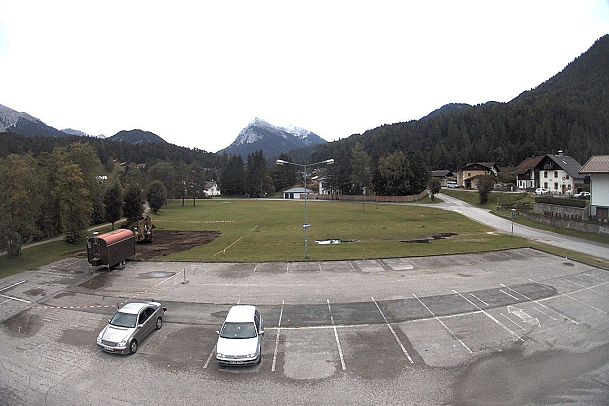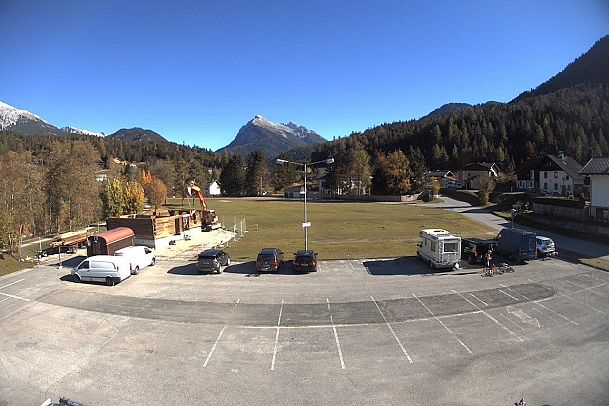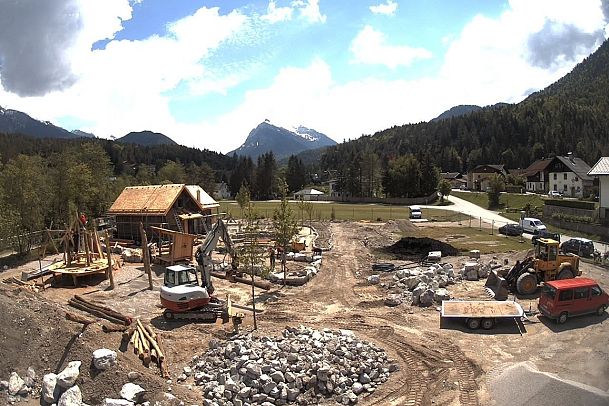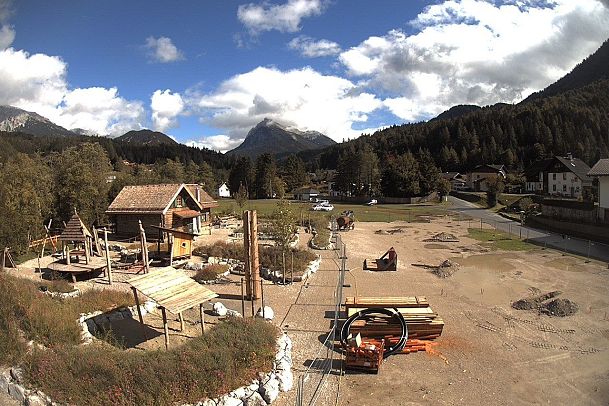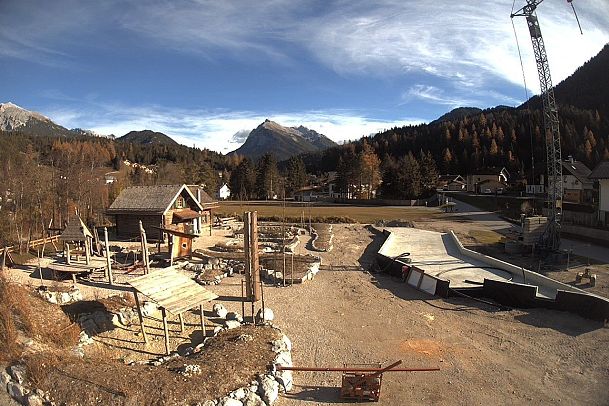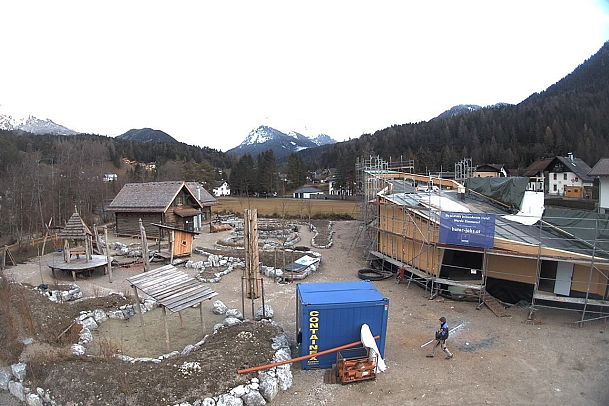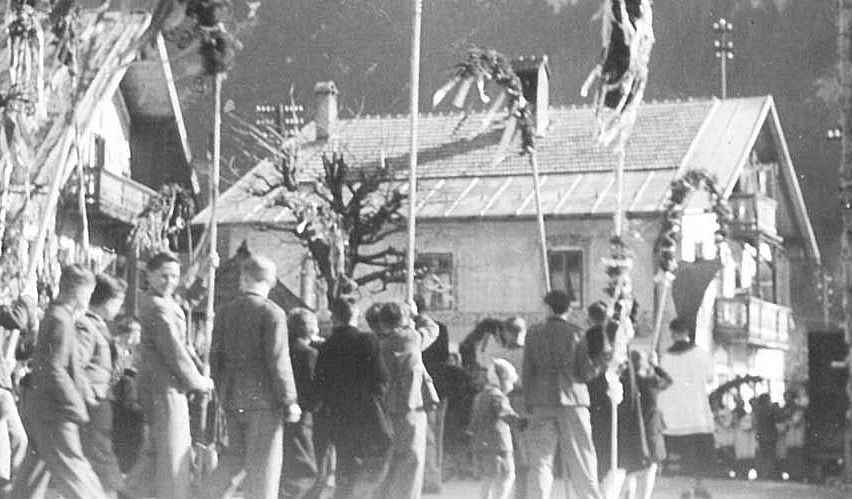
Region Seefeld - Tirols Hochplateau
The history of Scharnitz
Despite the fact that Scharnitz was the last settlement to be established in the Scharnitz Forest area, the village’s name is older than all the others. The site where the village stands today has been documented since early times. Described in the 8th century A.D. as ‘wild, bleak, buried in heavy snow all winter – a dreadful place’, it was given the nickname of ‘solitudo Scrantiensis’ or ‘scaraza’ or even ‘desertum Scaratie’. The word root ‘scar’ is thought to stem from ancient Illyrian and means ‘naked rock’.
When a road was built by the Romans from Teriolis (today Zirl) to Parthanum (today Partenkirchen, in Germany), they recognised that the narrow valley passage near what today is the village of Scharnitz was an area of great strategic importance. Therefore, they erected a castle there – in the hamlet that today is called Bühel, near the Kapferer and Rainer houses (house nos. 8 and 9) – and named it ‘Mansio Scarbia’. It served the Romans as quarters for troops, as well as a coaching inn and posting house.
In A.D. 763, the Bavarian noblemen Reginbert and Irminfrid were ordered by the Bishop of Freising, with the approval of their dukes, to establish in the wilderness a ‘solitudine Scarantiensi’ – the Scaraza Monastery, also known as Scarantia - together with a church dedicated to St. Peter. Several official documents indicate that, during the 14th and 15th centuries, the entire region, extending from what today is Garmisch-Partenkirchen all the way to Zirl, was known as ‘the Scharnitz Woods’, or simply, ‘the Scharnitz’. Today’s municipalities of Scharnitz and Seefeld were known as ‘upper’ Scharnitz, Mittenwald was called ‘middle’ Scharnitz and Klais and Gerold were called ‘lower’ or ‘outer’ Scharnitz. The names originally used – ‘Scaraz’ and ‘Scarbia’ – changed into the name ‘Scarnize’, which evolved over time to become ‘Scharnitz’. Today Scharnitz has the smallest population of all the villages in the Region Seefeld, but owing to the Karwendel massif, most of which officially lies within the municipal territory of Scharnitz, it is one of the largest in Tyrol in terms of area.
SCHARNITZ IN MOVEMENT
Construction of the Scharnitz Nature Park Information Centre and Holzerhütte Museum
From the end of 2017 to August 2019, both the Scharnitz Nature Park and Information Centre and the Museum "Holzerhütte" were built. As the western gateway to the Karwendel, the Scharnitz Nature Park Information Centre is a highlight for all visitors to the region. Especially before or after a hike in the Karwendel Nature Park, it offers the opportunity to obtain comprehensive information. Also in the immediate vicinity of the information centre are the museum "Holzerhütte" and the nature adventure playground.
The "Holzerhütte", a historic log cabin from the Gleirschtal in the Karwendel Nature Park, was once used as accommodation by woodworkers. Today, this traditional building houses a modern multimedia exhibition. This exhibition is dedicated to the fascinating history and current significance of wood use, the everyday life and living of woodworkers then and now, as well as the ecological interconnectedness and natural biodiversity in the local mountain forests.
